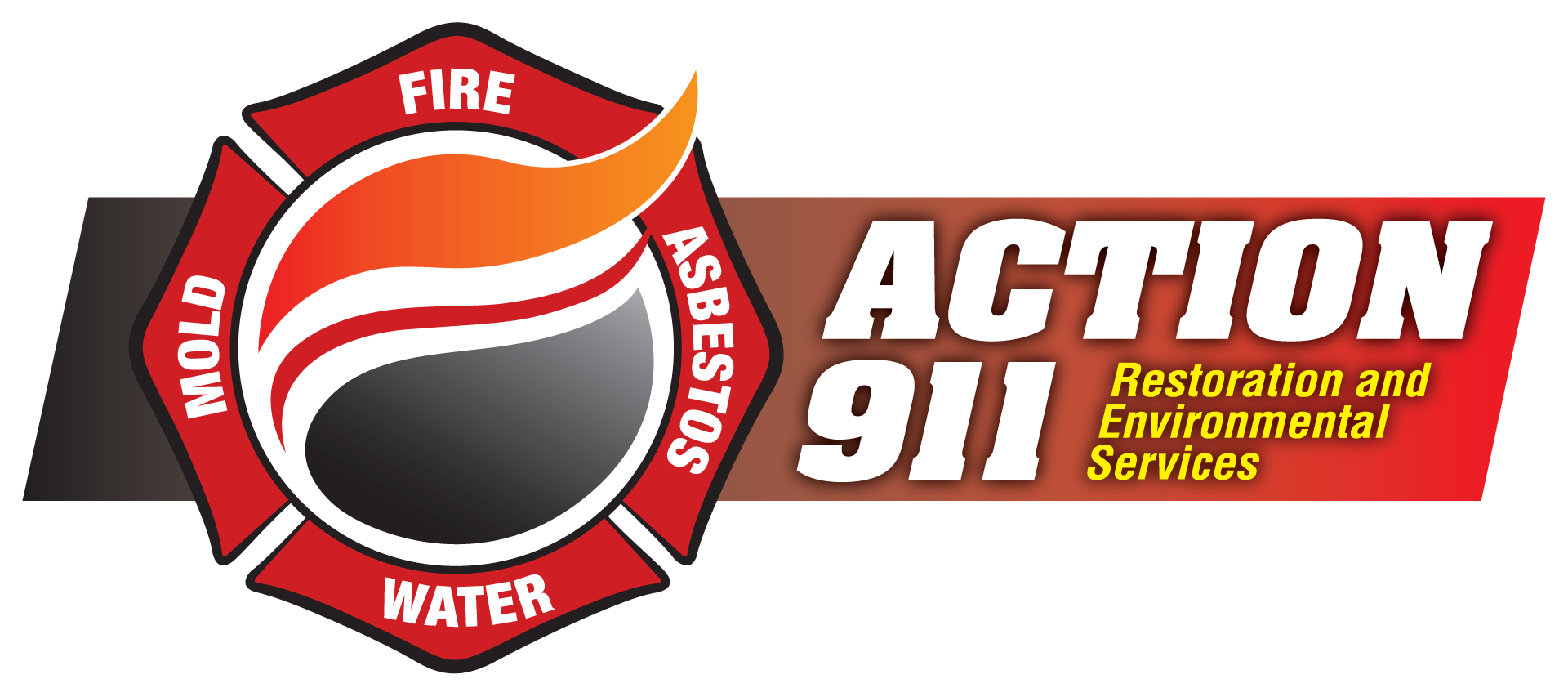Ceiling water damage can be expensive and difficult to repair, but it is often preventable with proper care and maintenance. Common causes of ceiling water damage include constant moisture and high humidity, water seeping into holes and cracks in the roof, plumbing leaks, standing water, clogged gutters, ice dams, or broken pipes.
Signs to Watch For
Below are tips on how to identify early signs of ceiling water damage and how to fix the problem and repair the damage.
Cracks
Cracks, even as slight as hairline cracks, can indicate water damage to your ceiling. Inspect your entire ceiling regularly for any cracks, which can show up in spiderweb patterns or straight lines. Scrutinize any cracks you find to determine their cause. Homes settle and shift as they age, which often causes cracks in ceilings through which water can leak and cause damage. Cracks are also caused by structural damage or weakness, which needs to be remedied immediately.
Blistering or Peeling Paint
Paint does not adhere well to damp or wet surfaces. So, if you see cracking, flaking, or bubbles in the ceiling paint, chances are too much moisture is pooling or water damage has occurred. If plasterboard, a common residential ceiling material, gets wet, it can rot and turn to powder. Paint does not adhere well to powder and may peel away.
Distorted Areas
Swollen, sagging, or bowed ceilings can occur even if the tiniest water leak is not repaired. Water softens the wood and drywall, resulting in sagging ceilings. Keep a watchful eye on your ceiling for changes in its shape, especially during heavy rainstorms. Sometimes the repair can be simple, but more severe cases may result in full restoration. Sagging ceilings can present a hazard to human health if mold growth occurs due to water damage, and it is a safety concern as pieces of drywall can come crashing down.
Mold Growth
A key indicator of excess moisture is mold growth. If you suspect mold anywhere on your ceiling, water damage is probably the culprit. It is important that you keep children and pets out of the affected area and limit activity, if possible, until all mold can be eliminated. Mold can be dangerous to human health. Consider calling a professional to evaluate the mold-covered area.
Solutions
Follow the steps below as soon as you see any sign of water damage to your ceiling.
1. Identify the Source of the Water Damage
- Check for burst pipes or loose plumbing connections.
- Examine your roof for holes or other damage.
- Inspect siding and exterior walls for damage, which can allow water in the ceiling and its cavities.
- Check for leaks in the bathroom and laundry room, specifically the water heater and washing machine.
2. Eliminate Further Damage
Turn the water off, tighten the hose and plumbing connections, patch holes with caulk or putty, and dry any standing water. Turn on portable fans to thoroughly dry the area.
3. Decide If You Need Help
Determine whether you can repair the problem yourself or if you need to call in a professional. For larger projects, such as a broken pipe or if you suspect mold growth, a professional should be called to inspect the damage and make needed repairs. For DIY situations, make plans to repair the problem as soon as possible.
4. Prepare Your Work Area
Once you have mitigated further damage from occurring and have determined that you will be able to repair, remove, and replace the damaged materials yourself, prepare your work area by laying down drop cloths to protect other nearby surfaces. Prepare yourself, as well, with safety goggles and a dust mask.
5. Call a Professional If Needed
If you feel the ceiling water damage is more than you can handle, especially if you suspect mold growth, call a professional water damage restoration and mold removal company as soon as possible. You will be glad you did.
Address Ceiling Water Damage
Improper or delayed action in removing mold growth resulting from any ceiling water damage may have harmful effects on everyone’s health. The team of professionals at Action 911 has the proper certification and training to help with water damage and mold removal in any part of your home. Call Action 911 immediately if you suspect ceiling water damage.

